Art and politics: the 32nd Bienal de São Paulo taps into current sentiments in Brazil
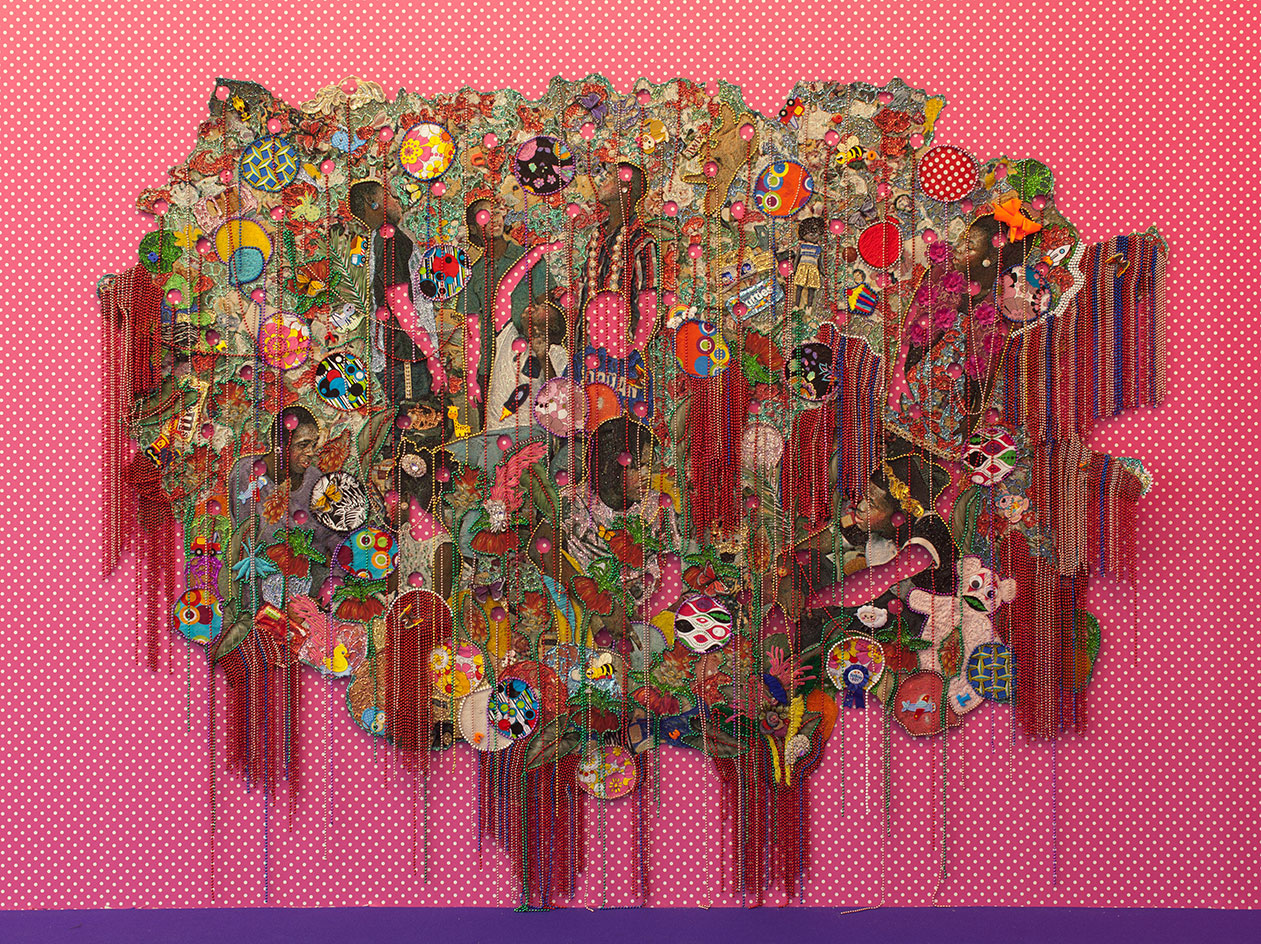
Following the removal of former Brazilian president Dilma Rousseff from office and her replacement with new president Michel Temer, uncertainty in Brazil abounds. It drives both art and politics, and so the collision of the two at the 32nd Bienal de São Paulo (the theme of which this year was ‘Incerteza Viva’, or ‘Live Uncertainty’) was inevitable.
Protestors, including Brazilian biennial artists Jonathas de Andrade and Bárbara Wagner, shouted ‘Fora Temer’ (or ‘Out with Temer’) over the press conference opening remarks last week. Their chanting, however, seemed less an interruption of the biennial than an integral part of it; black ‘Fora Temer’ t-shirts could be seen throughout the biennial as protestors peacefully remained to explore the show.
Although Rousseff was dismissed on the eve of the opening, the roiling political tumult that had been building in Brazil reverberates throughout the works, which, across 81 participating artists or collectives, explore a gamut of themes: the urban fabric of São Paulo; the tenuous existence of indigenous culture in the present day; queer theories and identity politics; colonisation and other histories. The art itself took on a vast array of different forms, many of which were embedded into the city itself. Berlin-based Rosa Barba produced a 16-mm art documentary on the Minhocão, a 1970s-era elevated highway that citizens reclaim as their own High Line when it closes to traffic on Sundays.
‘My work represents the gesture of taking a controversial structure like the Minhocão built in difficult political times, and giving it back to the citizens, as an escape, a way out of the highway, with other stories, as an inhabitable surface,’ says Barba. ‘This is maybe how it plays with "uncertainty", as a fixed structure can be made unstable through narratives in order to speculate with its potential and social body.'
Other artists took their works beyond the boundaries of the Oscar Niemeyer-designed exhibition space, like Koo Jeong A, who built a glowing skatepark, open and free to the public; or William Pope.L, who choreographed a 72-hour performance that took place on the streets.
The result of this uncertain state is a show of extraordinary potency. ‘In general many of the works gained an additional urgency,' says Bienal curator Jochen Volz. ‘It’s not really only about parliamentary power struggle; that’s just the surface. The questions really at play are access to land, access to natural resources, access to education, to social welfare, healthcare, all of which the artists address. All of these are really the real questions, the matters of uncertainty.’
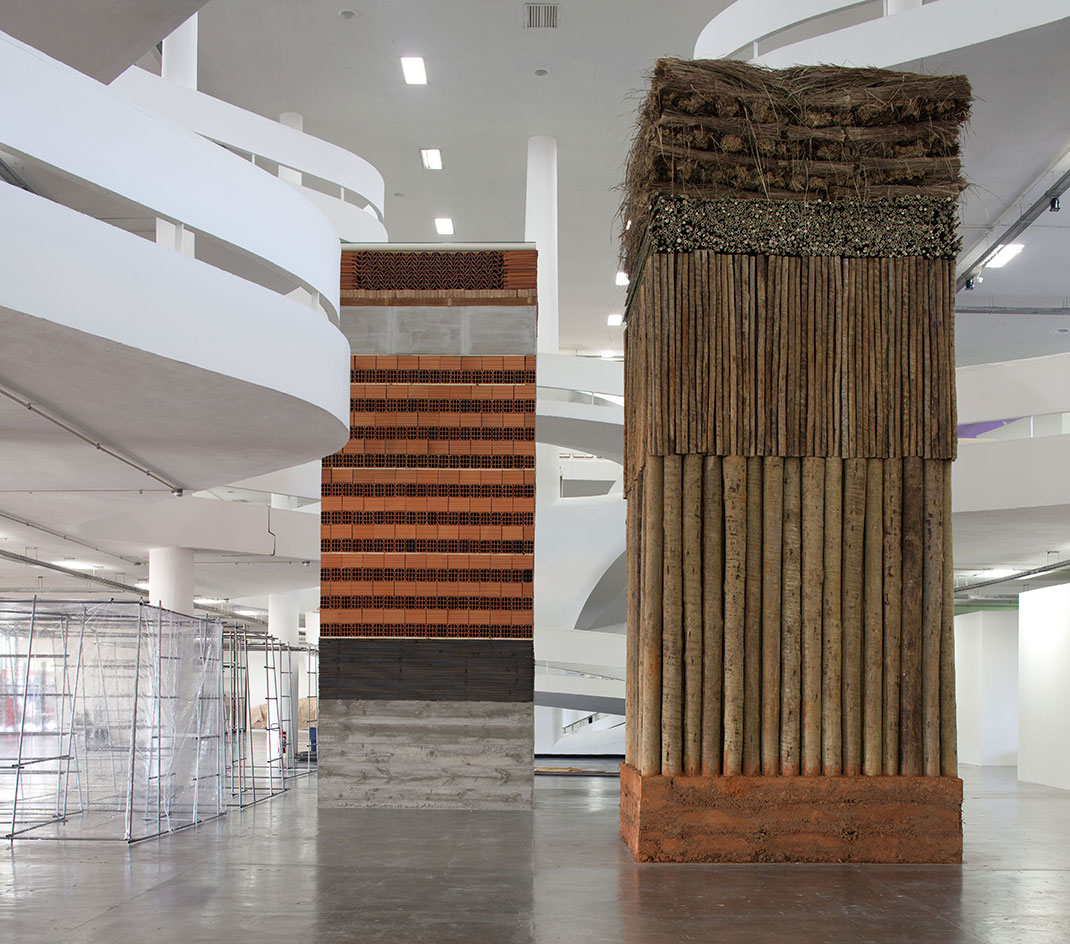
Lais Myrrha’s Dois pesos, duas medidas, 2016, which roughly translates as ’double standard’, consists of two monumental towers – one in industrial construction materials like bricks and cement, the other in indigenous materials like straw and mud. Courtesy Bienal de São Paulo and the artist

Local skaters activate Koo Jeong A’s Arrogation, 2016, a glow-in-the-dark skatepark that can be seen from inside the biennial building. Courtesy Bienal de São Paulo and the artist
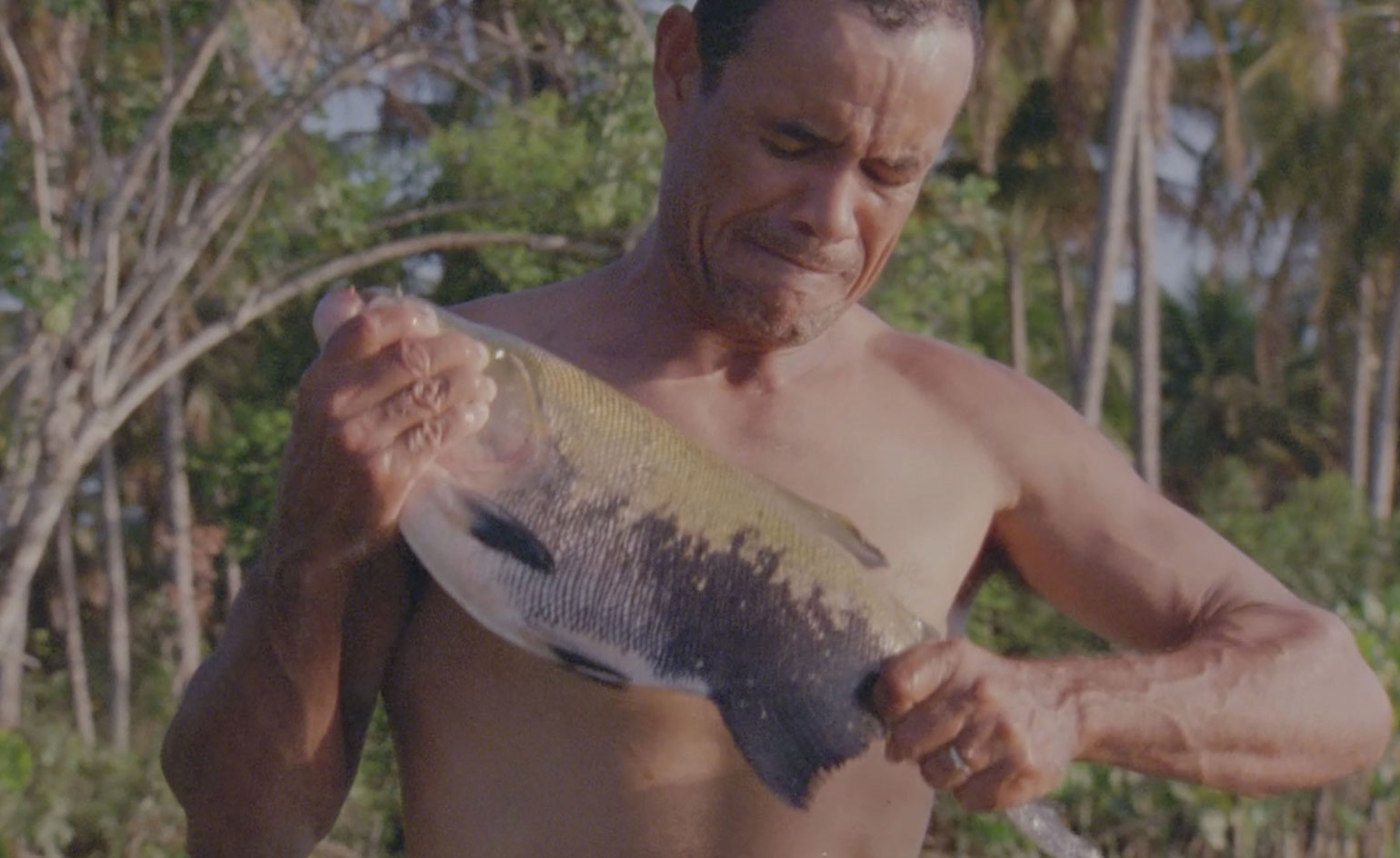
The general consensus seems that Jonathas de Andrade’s O Peixe, 2016, a film in which Amazonian fisherman take their floundering catches in their arms and passionately caress them as they die, was the star of the show. Courtesy Bienal de São Paulo and the art
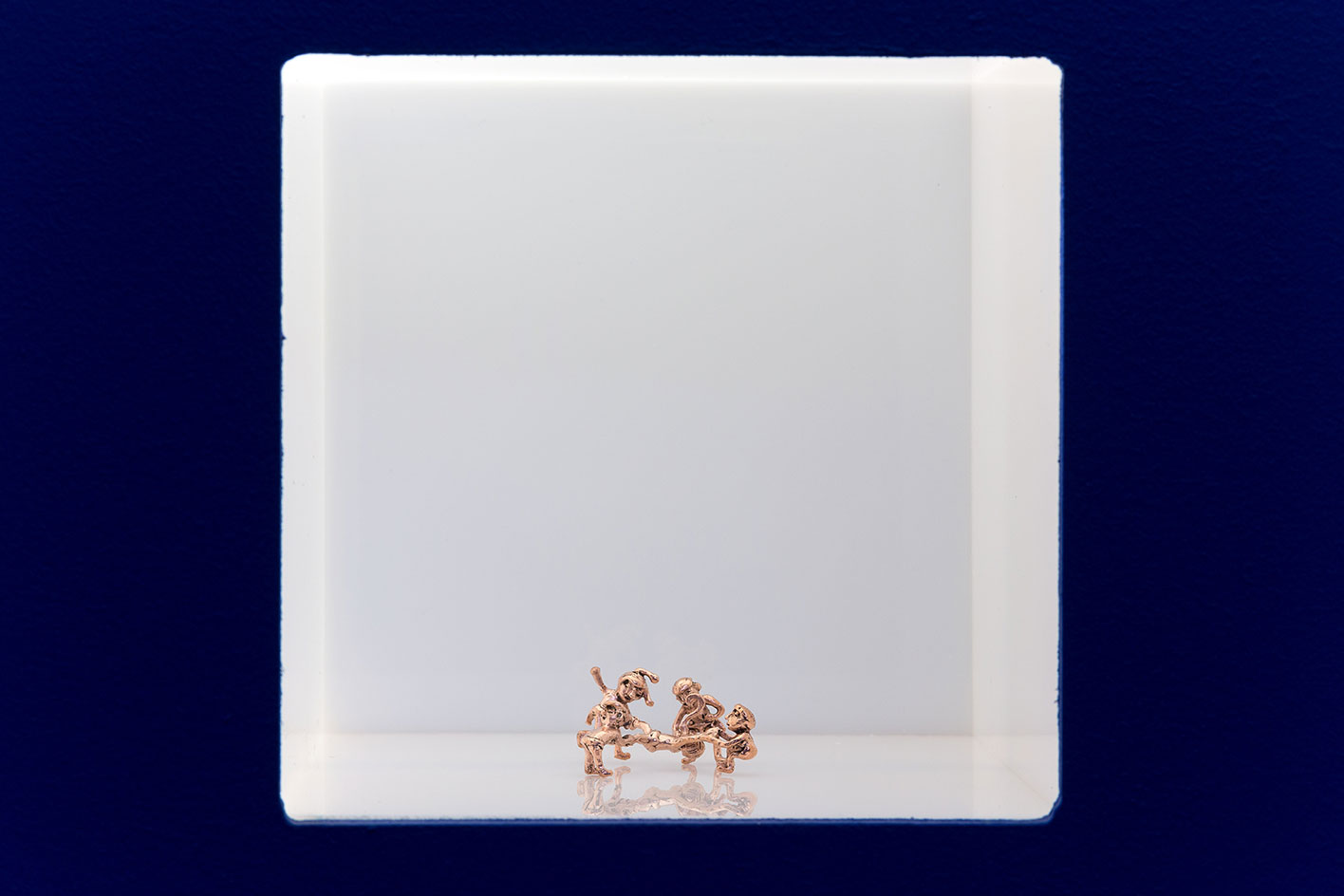
The miniature sculptures of Carlos Motta’s Towards a Homoerotic Historiography, 2013–2014, are based on colonial oppression of non-normative sexuality. Courtesy Bienal de São Paulo and the artist

William Pope.L, partly inspired by the recent impeachment of Brazil’s first female president, choreographed a 72-hour, city-wide dance Baile, or ’Ball,’ 2016, that mimics a debutante ball. After the end of the performance, a dancer’s luchador mask remains on view at the biennial.
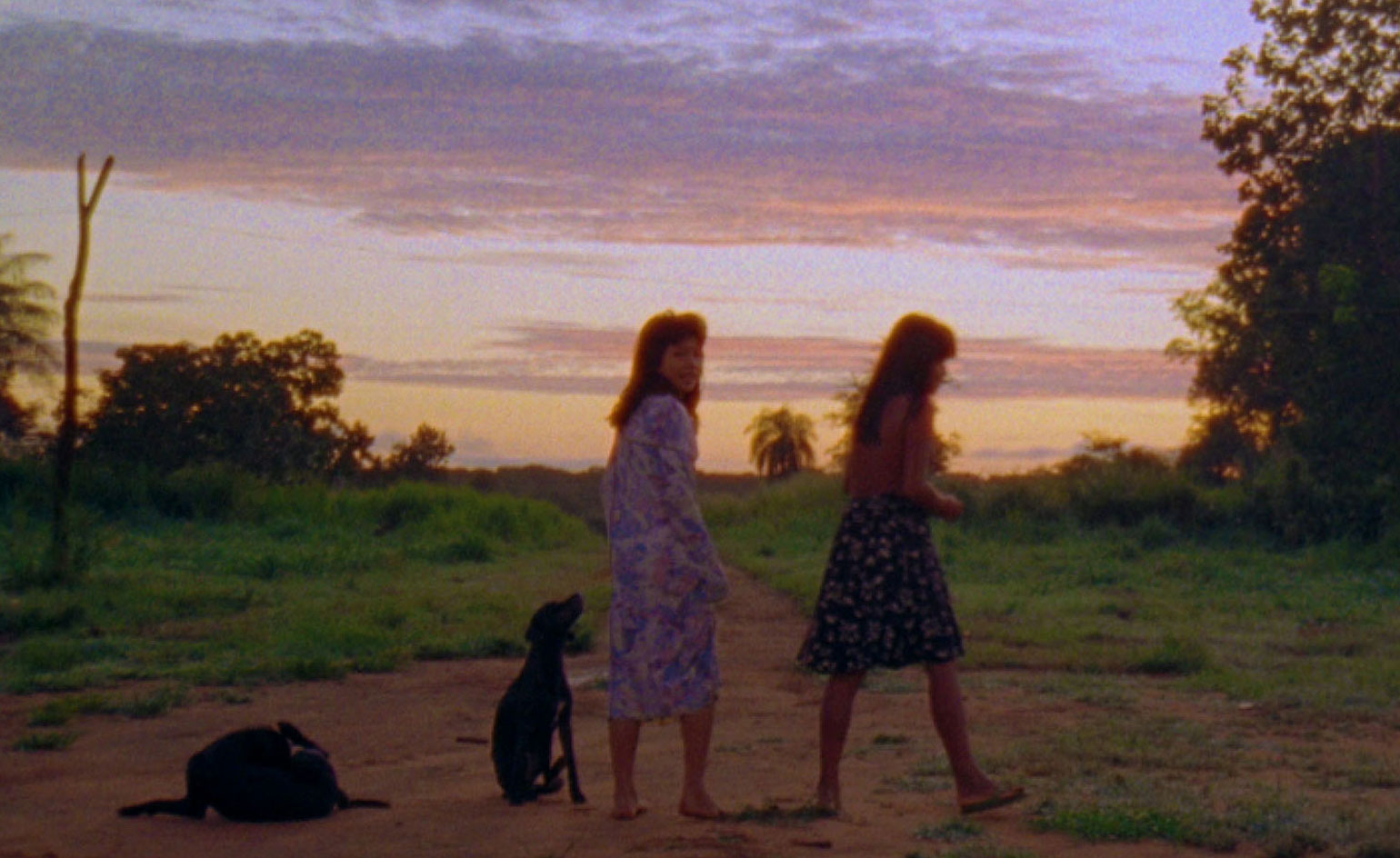
Both comedic and touching, Gabriel Abrantes’ Os humores artificiais, or ’The Artificial Humors’, 2016, is a film about an indigenous comedian who teams up with a robot to make it big. Courtesy Bienal de São Paulo and the artist
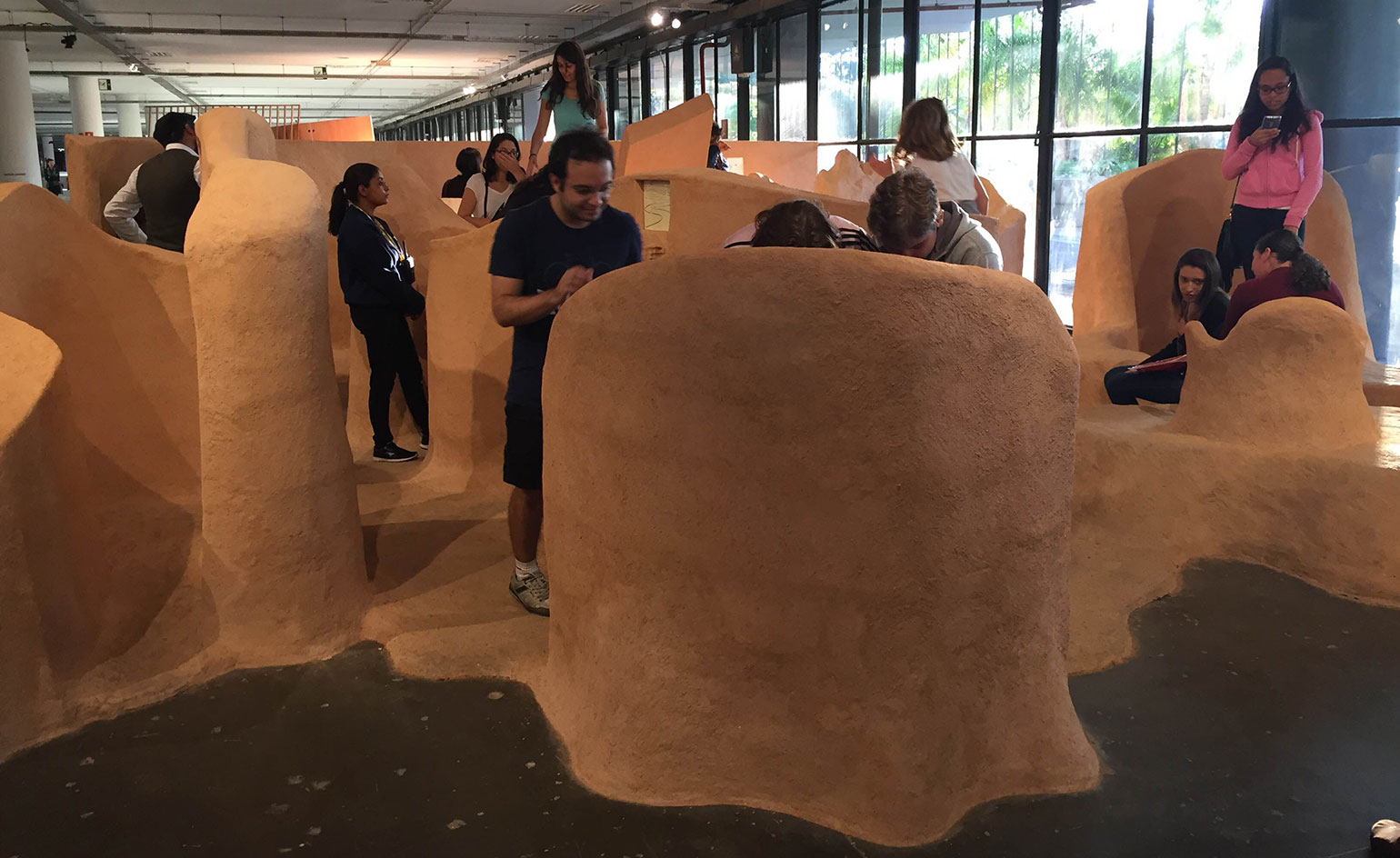
Visitors interact with Rita Ponce de León’s En Forma de nosotros, or ’The Shape of Us,’ 2016, a clay installation sculpted to accommodate the human body.
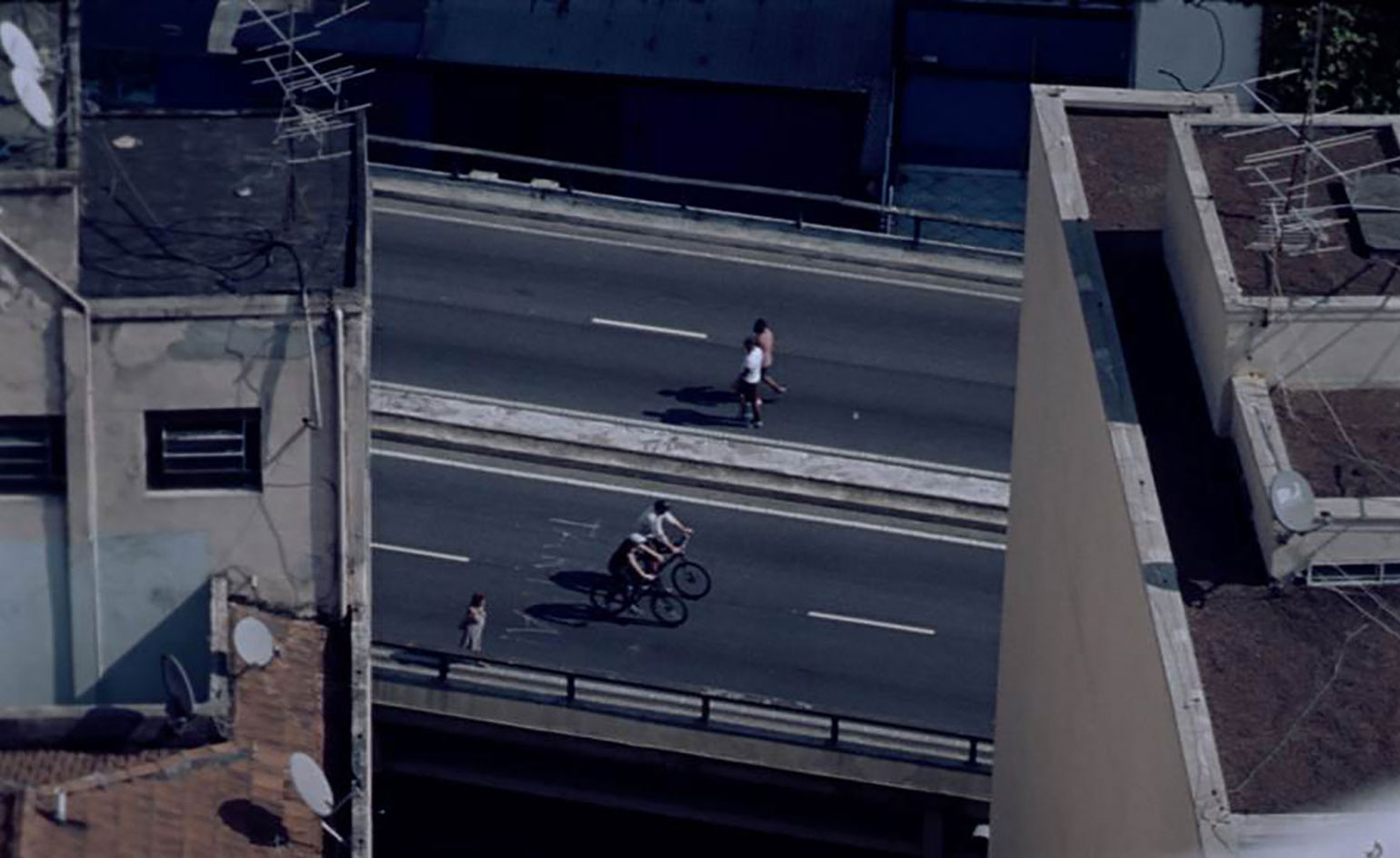
A still from the film Disseminate and Hold, by Rosa Barba, who earlier this year won the Fondation Prince Pierre de Monaco’s Prix International d’Art Contemporain. Courtesy Bienal de São Paulo and the artist

Eduardo Navarro’s Sound Mirror, 2016, opens a dialogue with the landscape.
INFORMATION
32nd Bienal de São Paulo – Incerteza Viva [Live Uncertainty] is on view until 11 December. For more information, visit the Bienal de São Paulo’s website
ADDRESS
Fundação Bienal de São Paulo
Parque Ibirapuera
Av. Pedro Álvares Cabral, s/n – Ibirapuera
São Paulo
Receive our daily digest of inspiration, escapism and design stories from around the world direct to your inbox.
-
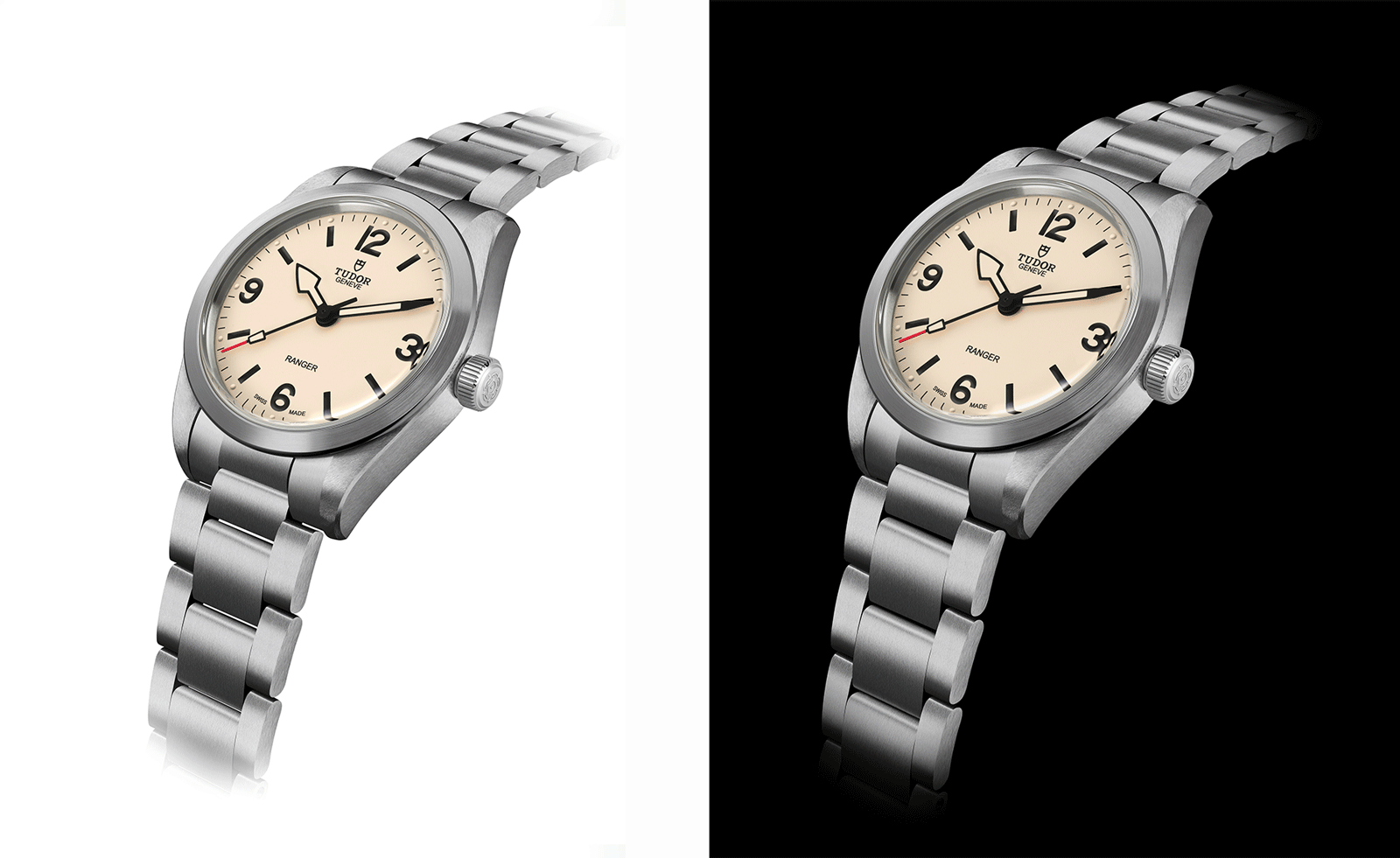 The new Tudor Ranger watches master perfectly executed simplicity
The new Tudor Ranger watches master perfectly executed simplicityThe Tudor Ranger watches look back to the 1960s for a clean and legible design
-
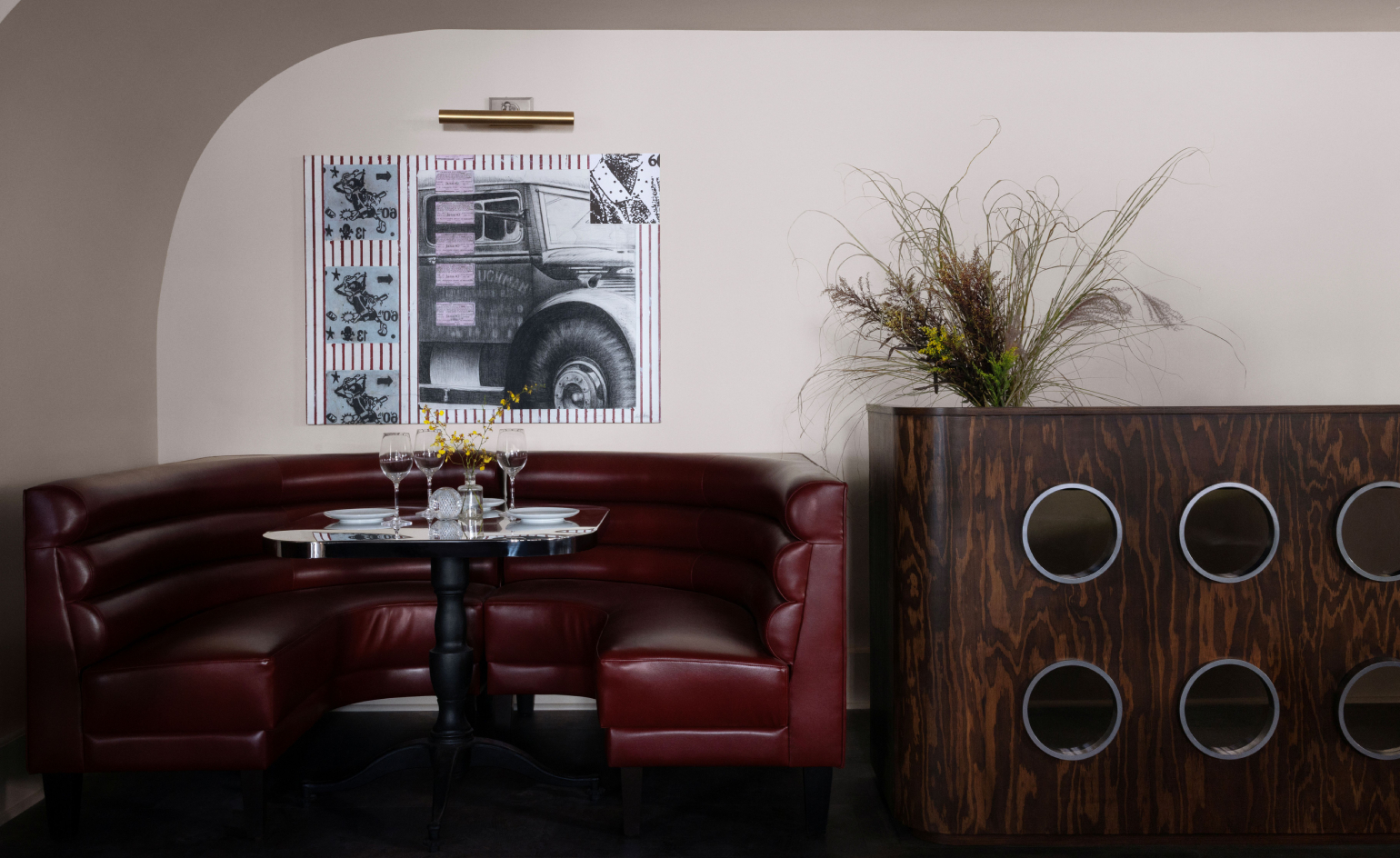 This late-night hangout brings back 1970s glam to LA’s Sunset Boulevard
This late-night hangout brings back 1970s glam to LA’s Sunset BoulevardGalerie On Sunset is primed for strong drinks, shared plates, live music, and long nights
-
 How Memphis developed from an informal gathering of restless creatives into one of design's most influential movements
How Memphis developed from an informal gathering of restless creatives into one of design's most influential movementsEverything you want to know about Memphis Design, from its history to its leading figures to the pieces to know (and buy)